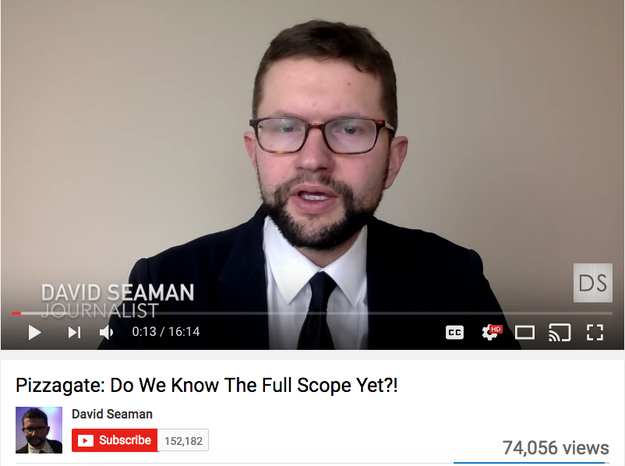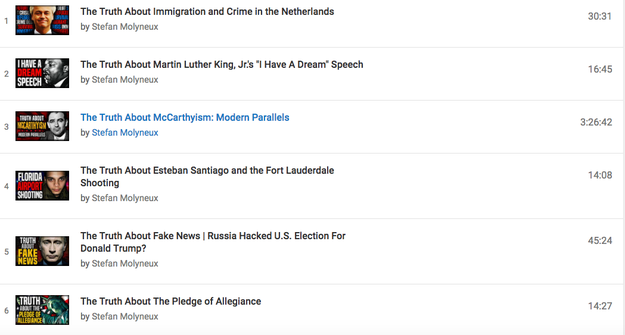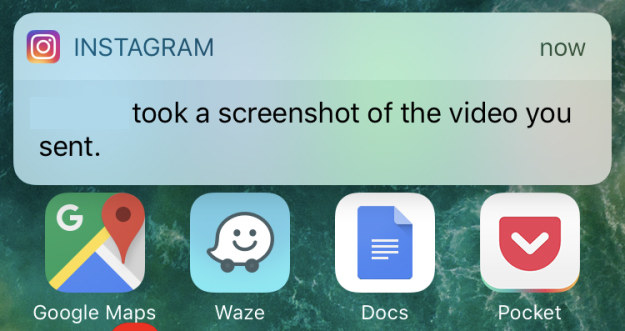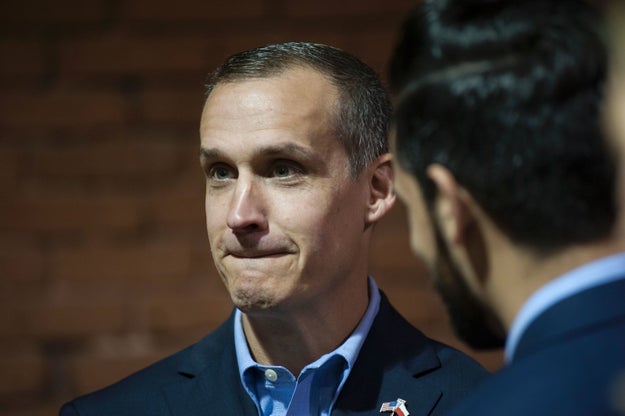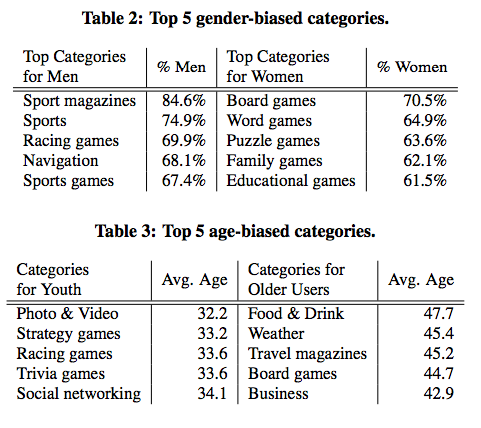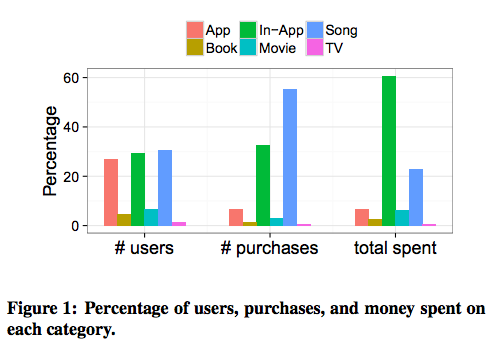
Just after 3:00 A.M. last Friday morning, Huffington Post contributor and progressive advocate Alex Mohajer set to work on a brief investigative project on Twitter. Pulling together red marker-circled articles, graphs, and screenshots from numerous financial websites, he rifled off 16 tweets with prosecutorial zeal and one ambitious goal: to build a compelling case linking Donald Trump to Russia’s $11 Billion sale of its oil giant, Rosneft.
“It’s getting harder to ignore growing evidence that Trump was involved with Russian oil deal,” Mohajer wrote after compling his tweets into a longer Twitter Moments thread. “CONCLUSION? Koch-backed front cos financed climate deniers/alt-right, took control of govt while Trump diverts attn for Exxon, Koch, Rosneft,” he wrote. A minute later he offered a hedge: “ALTERNATIVE CONCLUSION: I am batshit crazy and need some sleep! Good night world. I will be curious to see if others are able to confirm.”
Mohajer wasn’t wrong to assume that others might try to confirm his tweetstorm. Since the election, he’s emerged as one of a number of vigilante investigators dutifully entering evidence into Twitter’s court of public opinion in hope of exposing corruption in Trumpland. Now that Trump is exercising his presidential power, the tweetstorms are intensifying — and growing ever-more conspiratorial. Unlike their more fantastical Infowars analogs, these vigilante investigators steer clear of explicit allegations, hewing instead to grave insinuations. Their evidence is almost exclusively rooted in already-published reporting; They sift through the tea leaves of unconnected media stories, raising questions yet to be answered by the professionals.
Call it the Alex Jonesification of the left or the rise of the Blue Detectives — the pure id of a strand of conspiratorial thought of the left and the anti-Trump movement. It’s intriguing and eyeroll-inspiring all at once, but for the #resistance crowd it’s a mooring force. Most of all, it’s an effective messaging tactic: it’s designed to go viral, to spark outrage — and perhaps even action.
If you spend enough time online, you’ll see Blue Detectives springing up everywhere. Two weeks ago, Google engineer Yonatan Zunger’s wrote a post on Medium that went viral. In it, he laid out a succession of “raw news reports” suggesting that the haphazard rollout and enforcement of Trump’s refugee ban across the country “was the trial balloon for a coup d’etat against the United States.” In the spirit of Silicon Valley A/B testing “it gave them useful information,” he argued. But as some, including Slate, have pointed out, Zunger’s post sometimes elides fact in favor of intrigue; His suggestion that the Department of Homeland Security could become a force loyal to the President alone, for example, does not acknowledge that DHS secretary Kelly was reportedly unaware of the administration's immigration order until just moments before Trump signed it.
On Twitter, especially, the Blue Detectives are increasingly active in theorizing that Trump and his associates are involved in a dizzying multi-dimensional plot — and, crucially, are always ten steps ahead of the American public. Perhaps the most infamous example comes from technology and business strategist Eric Garland’s “game theory” tweetstorm, which suggests a cunning on the part of the Trump administration and Russia to distract, dodge, and outwit the American public while bolstering its coffers and power. That 127-tweet screed plows through the last few decades of U.S. foreign policy ultimately arriving at a patriotic-but-empty conclusion, devoid of any compelling revelations about Russia.
This new online conspiracy culture can’t be fully divorced from an election affected more than usual by an actual conspiracy. Russian interference in favor of Trump was open, on state media, and covert, through hacking, which has been widely and convincingly documented. Intelligence agencies have also begun to confirm the credibility, CNN and BuzzFeed News reported Friday, of some elements of a dossier assembled by a former top British spy — though not the most lurid allegations of Russian blackmail. And the Washington Post recently reported that Trump’s National Security Advisor, Mike Flynn, had made false statements about his contacts with the Russian ambassador.
Meanwhile on Twitter, writers with a flair for what could be true and a good sense for their audience have taken those investigations well past the brink of what they know. The most effective of the bunch is Adam Khan, a former marketing consultant and tech guru turned Twitter investigator. Khan, who goes by the handle @khanoisseur, is an indefatigable presence on Twitter. Each day he monomaniacally strings together observations, charts and images into detailed tweetstorms that rack up thousands of retweets. None of them make news, but they raise questions and do attract eyeballs.
The images —mostly screenshots from deeply reported coverage of Russia and the Trump organization — are frequently annotated with red type, arrows and lines that encourage the reader to follow Khan’s logic. Veterans of forums like Reddit will see aesthetic parallels between Khan’s work and some of that site’s more conspiratorial r/findbostonbombers-style threads.
It is a digital updating of Glenn Beck’s famous blackboard, whose eraser was especially effective on the distinction between correlation and causation. But this is a form of vigilante investigation that’s native to the internet; Gawker once described it as “Chart Brut — a digital middle-ground between the string-and-thumbtack cork-board flowcharts favored by premium cable obsessives like Rust Cohle and Carrie Mathison and the meaningless tangles of agency responsibilities beloved by security-apparatus bureaucrats.”
Khan — who wrote an e-book on how to gain followers and influence on Twitter — uses the social network because he sees it as a direct line to journalists and big thinkers. He views his job as building flow charts of publicly available information to raise the big questions. “I’m not manufacturing anything new,” he told BuzzFeed News. “But I’m taking this piece of reporting from this journalist and showing clearly how it aligns with something else out there. And put together, I think it shows there&039;s a bigger story. If nothing else, I hope my work leads to more people doing their own investigative journalism.”
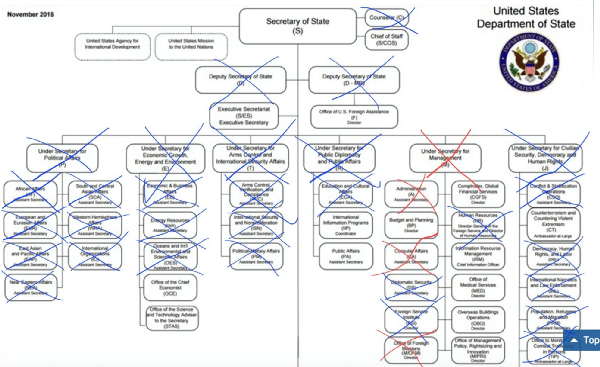
Zunger&039;s doctored State Department org chart from his Medium post, “Trial Balloon For a Coup?”
Just after the election, Khan quit his freelance consulting job to pursue the Trump investigations full-time. He has so far raised nearly $14,000 on GoFundMe in support of this effort. If he raises enough money, he may write a book. When he spoke to BuzzFeed News in late January, Khan said he’d been getting DMs from government sources with potential tips — among them, one from someone claiming to have a line on Trump’s still undisclosed tax returns.
Recently, Khan riled the tech world with a 23-tweet thread musing about possible ties between Russia, Trump senior advisor and son-in-law Jared Kushner and some of the startups in which he’s invested. “The more I dive into Russian-backed/Kushners&039; data collection efforts, the more I&039;m convinced there&039;s a bigger strategy,” Khan tweeted with a link to a different thread on the Kushner brothers’ investments. “Trump potentially has his own shadow NSA,” he further mused. Left unsaid, a crucial caveat: Kushner investments, made via a venture capital company called Thrive do not appear to give the Kushners operational control of the companies in which they invest. The thread checks all the boxes of the viral anti-Trump conspiracy: it’s well-researched, endlessly intriguing, and unsupported by evidence.
The internet has historically been a near perfect incubator for conspiracy theories. Not long after the attacks of 9/11 average citizens flocked to Blogspot accounts dedicated to vigilante investigations of the events leading up to that day. The same happened after Hurricane Katrina, with blogs launching serious amateur analysis of the collapse of New Orleans’ levees. A decade ago, conspiracy-minded bloggers made major contributions to reporting around everything from George W. Bush&039;s national guard service to intelligence failures in the run-up to the Iraq more.
Once these sorts of efforts were largely confined to obscure message boards, little known blogs, and occasionally AM talk radio. Their prominent voices tended to be volatile fringe figures who’d rarely appear in public. More recently — particularly with the advent of the Trump era — they’ve attained much greater visibility. Today, the work of the Blue Detectives and those on the far right is amplified and extended by same-minded people sharing what they want to believe — a byproduct of the social media echo chambers that birthed “fake news.” Once peddled by anonymous tin foil hat-wearers, even utterly unfounded conspiratorial musings are now disseminated by tech employees, opinion journalists —and even some of the left’s well known voices.
Take former United States Labor secretary Robert Reich — a regular on cable news and a professor of public policy at UC Berkeley. Two weeks ago, after a planned visit-turned-riot by Breitbart writer Milo Yiannopoulos, Reich penned a blog post about the event titled “A Yiannopoulos, Bannon, Trump Plot to Control American Universities?”
In their coverage of the riot, far right outlets including Breitbart News had suggested the Trump administration pull federal funding for the school. Reich’s response took a conspiratorial page from the far-right, suggesting that “the possibility that Yiannopoulos and Breitbart were in cahoots with the agitators in order to lay the groundwork for a Trump crackdown on universities and their federal funding.” While not a tweetstorm, Reich made his case in a familiar bulleted list. “Hmmm. Connect these dots,” he wrote before rattling off six semi-related points connecting Yiannopoulos to Breitbart and then the Trump administration. “I don’t want to add to the conspiratorial musings of so many about this very conspiratorial administration, but it strikes me there may be something worrying going on here,” he concluded.
The post is a textbook example of a Blue Detective conspiracy musing. It’s a bit ridiculous, but not quite out of the realm of possibility. It attempts to use well reported information to “connect the dots” and raise an ultimately unanswerable question. And it ends, like so many Blue Detective theories, with a self-effacing nod to readers. Yes, I know how crazy this sounds.
In person, Reich is more cautious about shifting the political discourse toward conspiracy theories. “That fringe stuff is out there more and more and that&039;s dangerous,” he told BuzzFeed News last week. “If we become a conspiracy society, we all carry around a degree of paranoia and that&039;s not healthy for democracy. And that&039;s why transparency is so critically important — we now have a responsibility to call a lie a lie.”
This desire for transparency is a key engine of the Blue Detectives. Its emergence is a side-effect of the rise of the Upside Down conservative media, which, along with its “alternative facts,” audience, and interpretation of the truth, has created two opposing political realities. “We’re way beyond having factual disputes now,” Reich said. “What we’re faced with are bald faced lies and it’s important to be extremely clear about what&039;s a lie and what&039;s true.” With basic facts in dispute, efforts by the anti-Trump resistance to monopolize truth have manifested in a peculiar role reversal. While the far right is building a media ecosystem that looks and feels a lot like the mainstream, some on the left are beginning to resemble the more conspiratorial fringes of the far-right. The resemblance is most uncanny when the two universes intersect, like this conspiratorial tweet about Infowars, which feels like it could have been written by Alex Jones himself:
But the emergence of the Blue Detectives is also a pointed critique of the mainstream press. The message: the media isn’t doing its job so we’ll do the legwork for them. Near the end of his Medium post, Zunger admitted as much. “Conclusive? No. But it raises some very interesting questions for journalists to investigate.” Adam Khan agrees.
“No question there was a huge failing among the media during this last election,” Khan said. He argued that the press is in “trance mode” when it comes to Trump and his distractions. “There’s so much to be chased down in a Woodward and Bernstein manner and so my job is to ask the questions for others to answer. To ask ‘Why? Why isn&039;t anyone else pursuing this angle?’” Khan believes without the right pressure and grassroots investigations from people like him, Trump will only claim more power. “There’s a need to apply more pressure to the press,” he said. “It’s sad, but if that&039;s what it&039;ll take to get the accountability, we’ll do it.”
In keeping with the tradition of the Blue Detectives, Khan is self-aware and by no means reckless. “You have to be careful because you don&039;t want to get into Alex Jones territory,” he joked. “You can’t run around yelling and making accusations. It’s about recognizing patterns that then require more digging.” Khan for his part is constantly thinking about his tone and how frequently he posts in order not to appear like somebody who’s taken his conspiracy too far. “How you do it divides you from somebody who’s asking the questions our senators and media should’ve asked and somebody who&039;s a conspiracy theorist.”
Members of the Upside Down media are paying attention, too. “It’s even happening to people who have reputations in the media for being pretty normal,” new right blogger and Twitter personality, Mike Cernovich told BuzzFeed News. “I saw this great meme the other day that said if there’s ever a terrorist attack in America under Trump the left is going to go full Infowars. And I think that’s totally true.” For Cernovich, the rise of the left’s conspiracy-theory tendencies is an opportunity to appeal to a broader audience.
“Honestly, that’s why I’ve pivoted with my brand and my trolling today compared to a year ago is mild,” he said. While Cernovich is still waging a Twitter war against the mainstream media and the left, his admitted softening highlights just how much the roles of the duelling media ecosystems of the far left and far right have reversed.
“They’ve adopted that fringe level mentality aggressively,” Cernovich said. “People on left are making themselves look ridiculous and so I see it as an opportunity to look reasonable by comparison.”
Caroline O’Donovan contributed reporting to this story.
Quelle: <a href="Behind The Rise Of The Anti-Trump Twitter Conspiracy Theorists“>BuzzFeed






